DJI Phantom 4 Drone Can Avoid Obstacles, Track People
DJI's new Phantom 4 drone uses obstacle avoidance technology and an advanced computer vision to track subjects to follow them and keep them in frame.
NEW YORK - DJI has taken the wraps off of its Phantom 4, a $1,399 camera drone that can avoid obstacles and follow people while filming 4K video. The company hopes these improvements will reduce the learning curve for newbie pilots. It is available for pre-order today, and the drone will be shipping on March 15 through DJI or in Apple stores.
DJI built obstacle avoidance into the Phantom 4. The quadcopter uses two front-facing sensors to know its own distance and speed. When the drone gets within 50 feet of an obstacle, it will slow down. At 6 feet, it will decide for itself whether to stop and hover, go over an object or go around it.
What does this all mean? If you tell the drone to return to home, it will sense a tree or building on its flight path and not run headlong into it. The demoed flight looked smooth and effortless for the pilot.
MORE: Best Drones Available Now
Among other new features the company has added is its Active Track technology. Using machine learning and computer vision, the Phantom 4 will keep the subject of your choice (by a simple tap on the screen) in the middle of the frame. The improved 12-megapixel camera can shoot in 4K and at up to 120 frames per second.
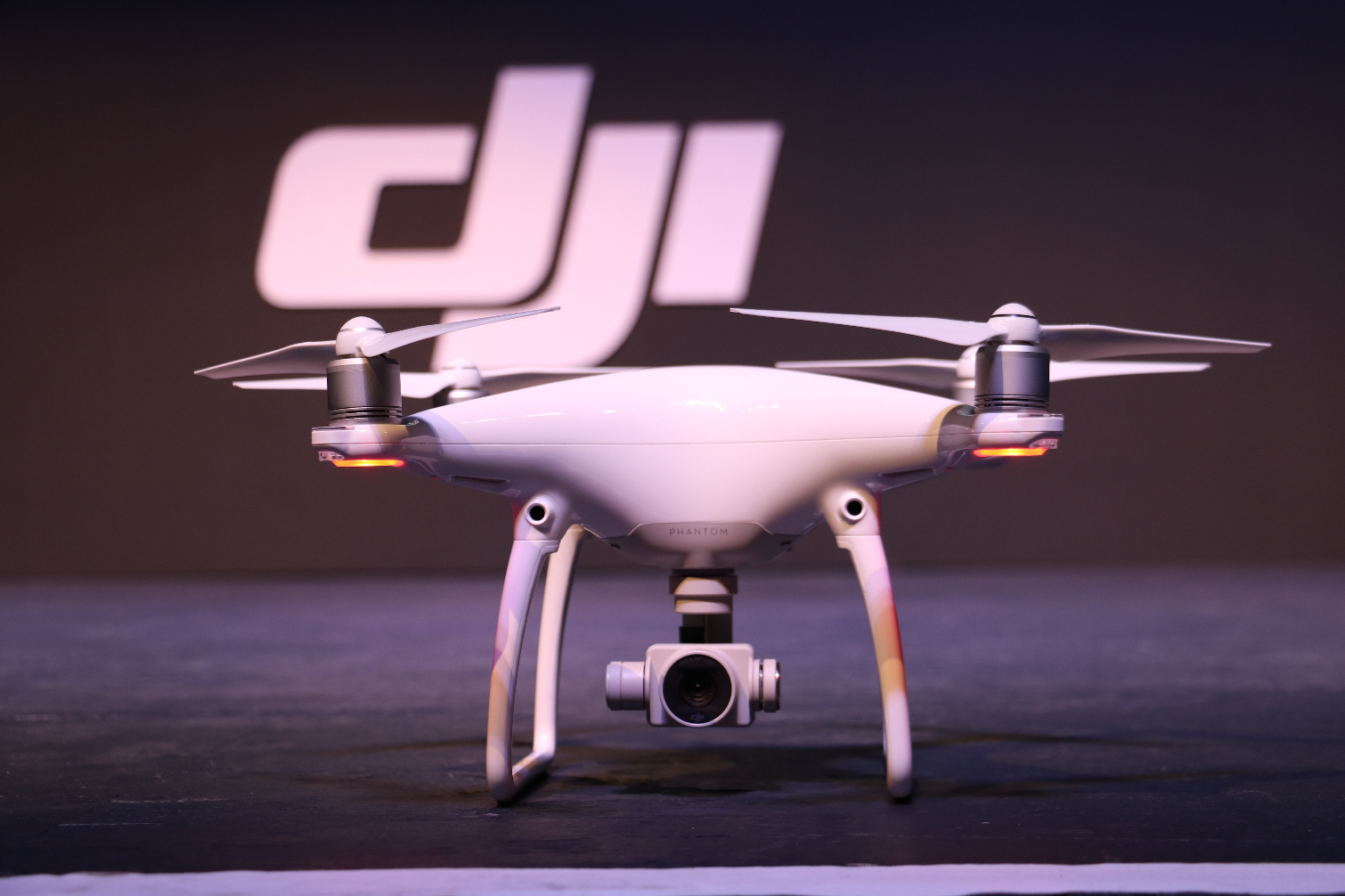
The Phantom 4 also features a simplified controller mechanism, called Tap Fly. It lets you tap Go on your iPad or iPhone to tell it what direction you want the drone to go. You can also tap a different direction to have it smoothly change.
The new model keeps the same uniform quadcopter design we saw in the Phantom 3. It felt relatively light, but will still need to be registered with the FAA before you fly it outside. On the side we saw a microSD card slot for onboard storage, right next to a microUSB port.
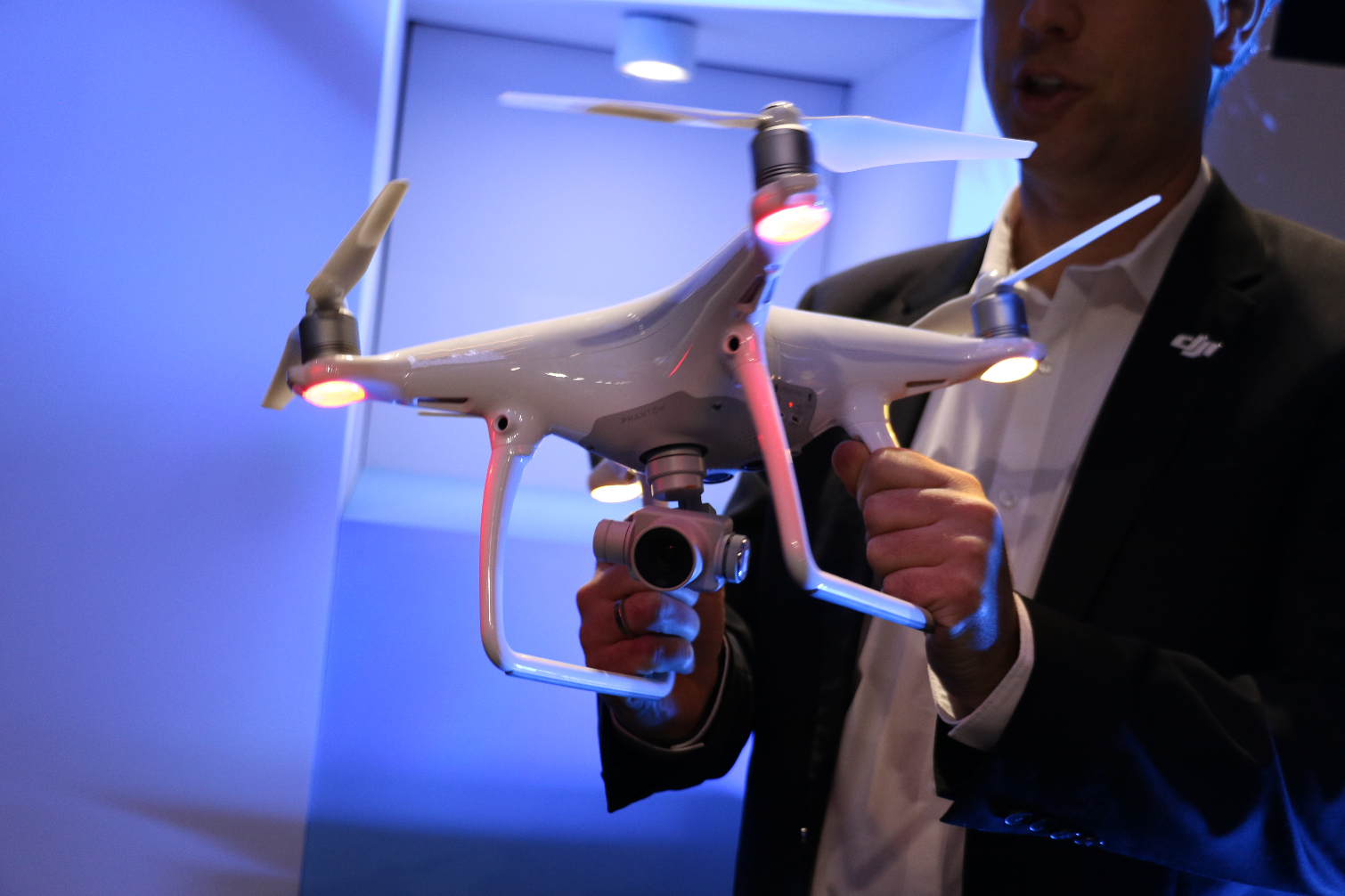
The company raised the motors to improve efficiency and redesigned the gimbal to lighten the weight for better flight performance. The new push-and-lock propeller system makes changing propellers simple and tool free. I easily popped the propeller off with a push down and twist.
On the bottom sits a new optical sensor that joins the previous two sonar sensors. This helps it track how close it is to the ground and to know exactly what's beneath. The new model can fly up to 33 feet in the air at up to 45 miles per hour.
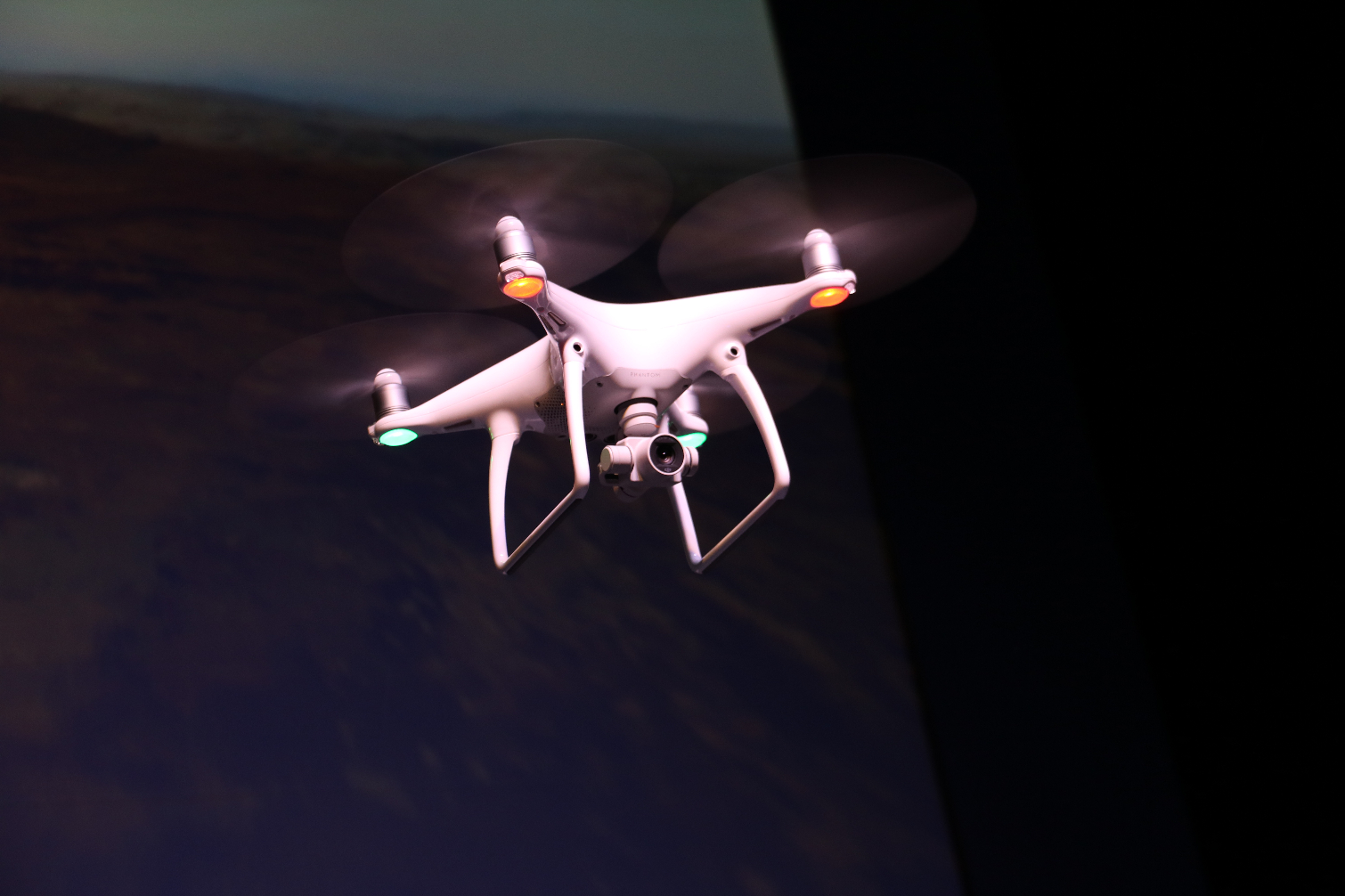
DJI improved its endurance, adding a 5,250mAh battery, which should lead to 28 minutes of flight time. The previous model got 21 minutes of flight time. DJI claims 28 minutes is longer than any other drone, but it's likely to leave some newbies wanting. The Phantom 4 can go up to 45 miles per hour, which is impressive but not as fast as the 50 mph on the new Parrot Disco, which will cost about half as much as the DJI.
DJI claims that people took 70,000,000 aerial photos with its products in 2015. Company reps also say that DJI drones collectively traveled 12,500,000 million miles and spent 3.9 million hours in the air last year. A representative told us he hopes the Micro Drone Act, currently before Congress, will pass. That will allow these numbers to go up dramatically, as the Phantom 4 will then easily be used for commercial purposes without piloting certifications.
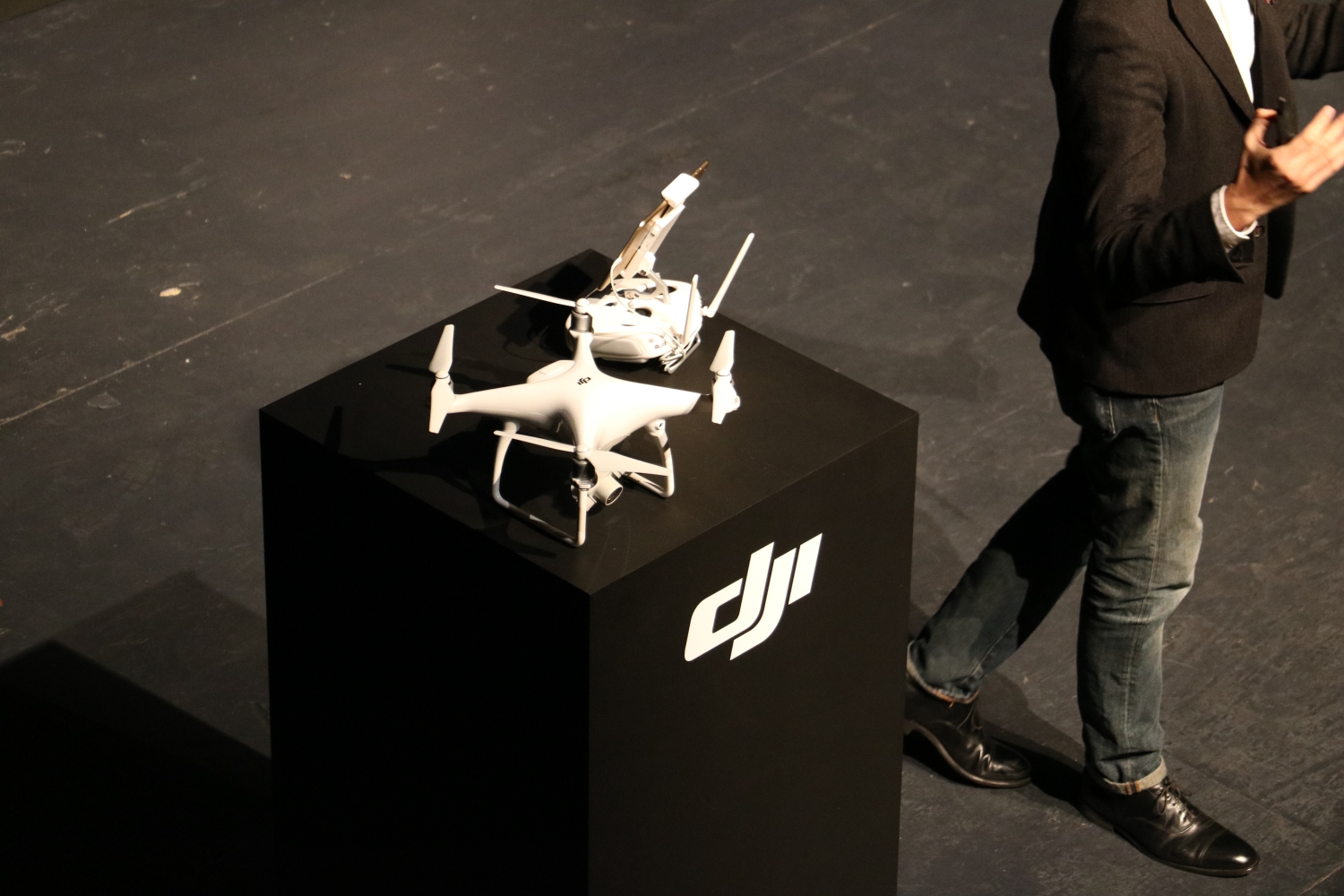


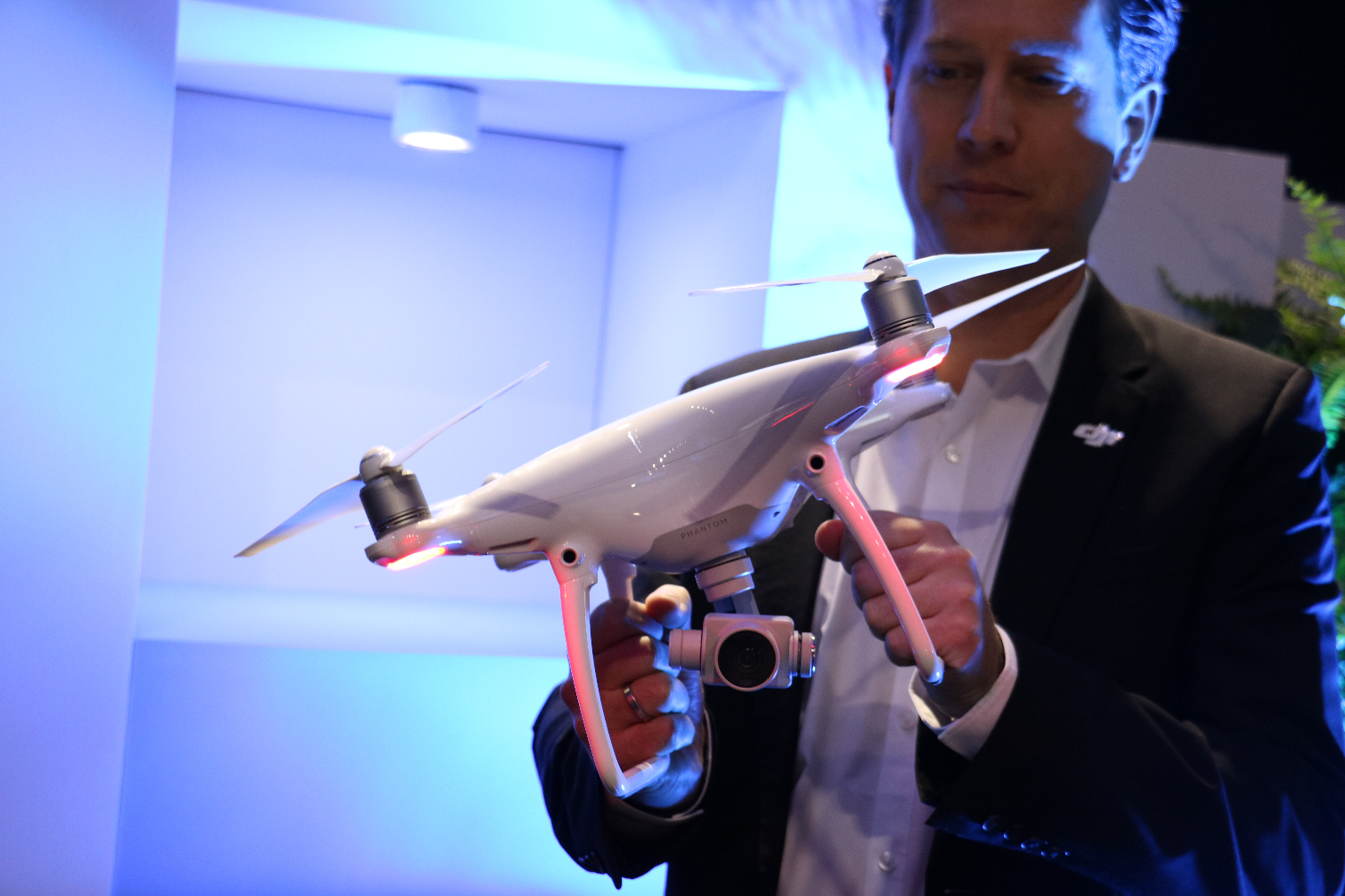
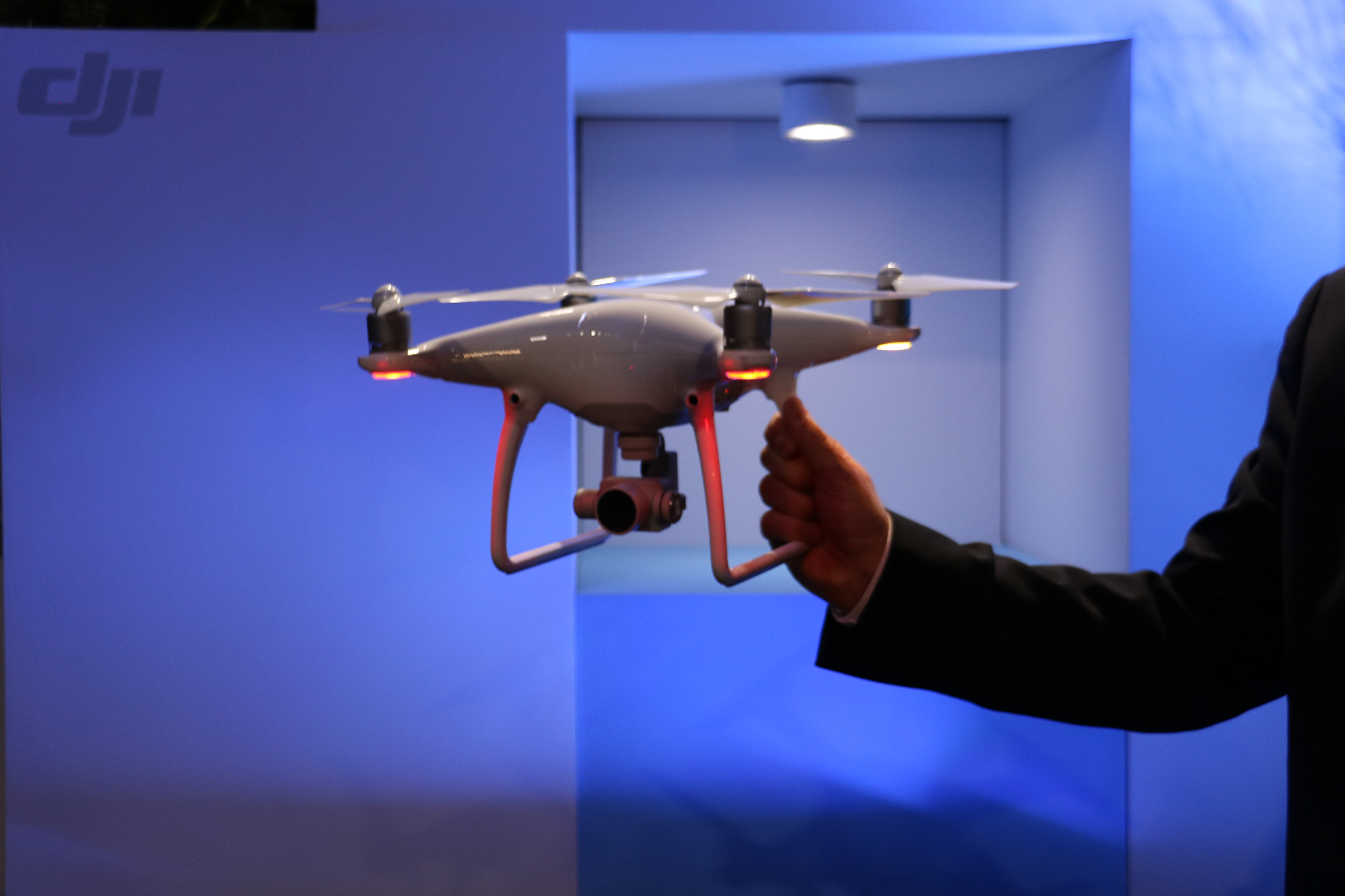
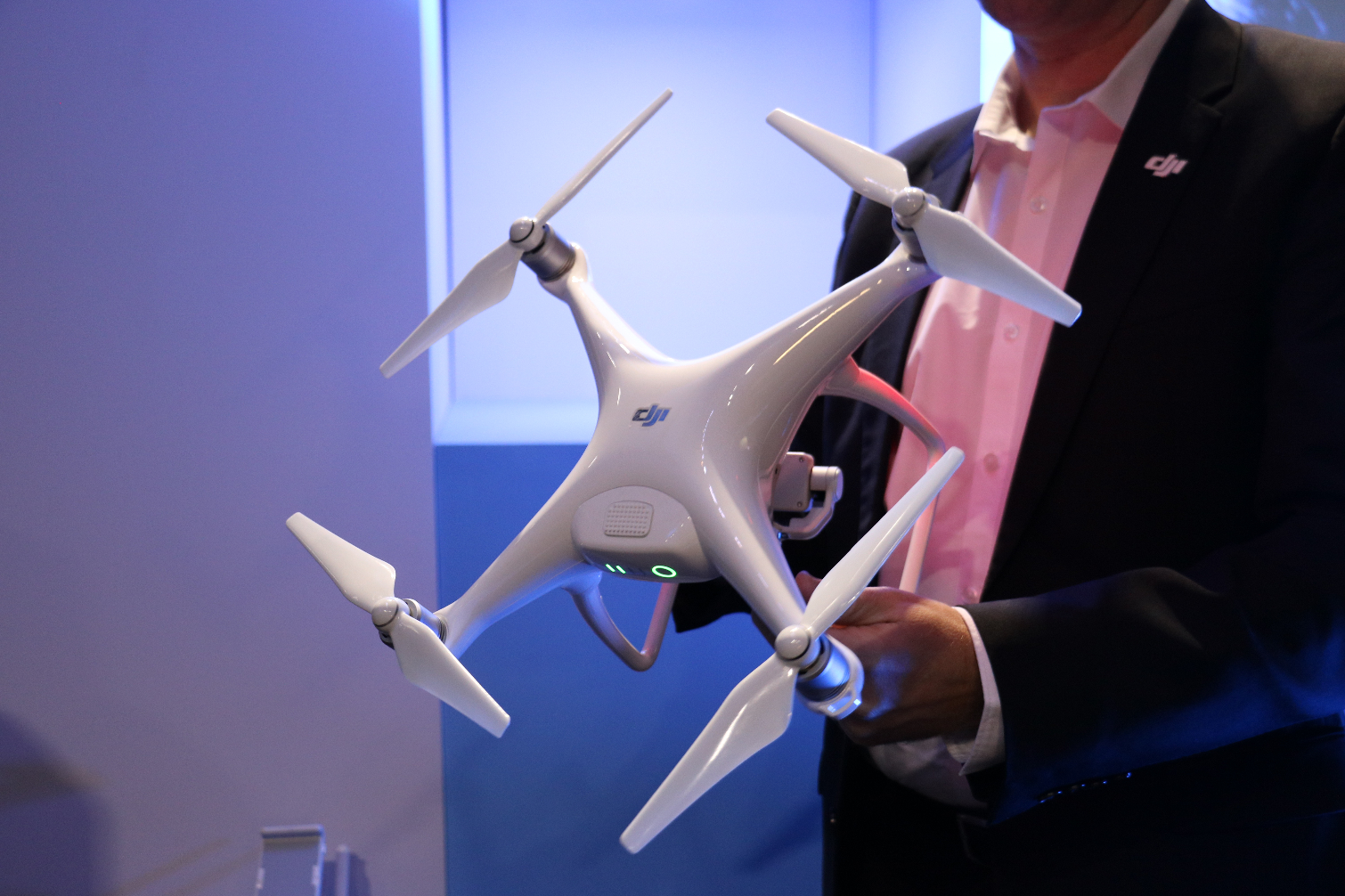

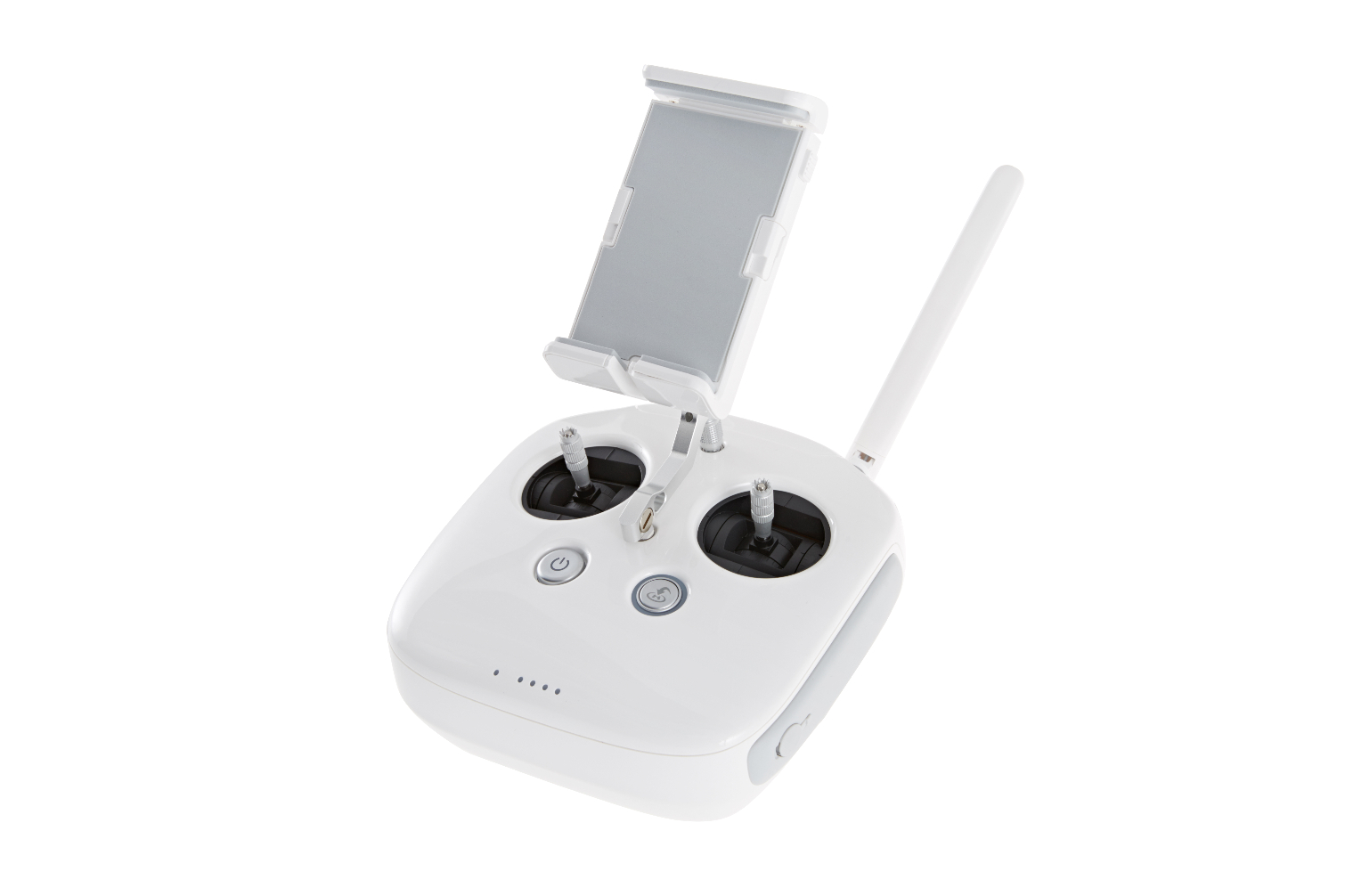
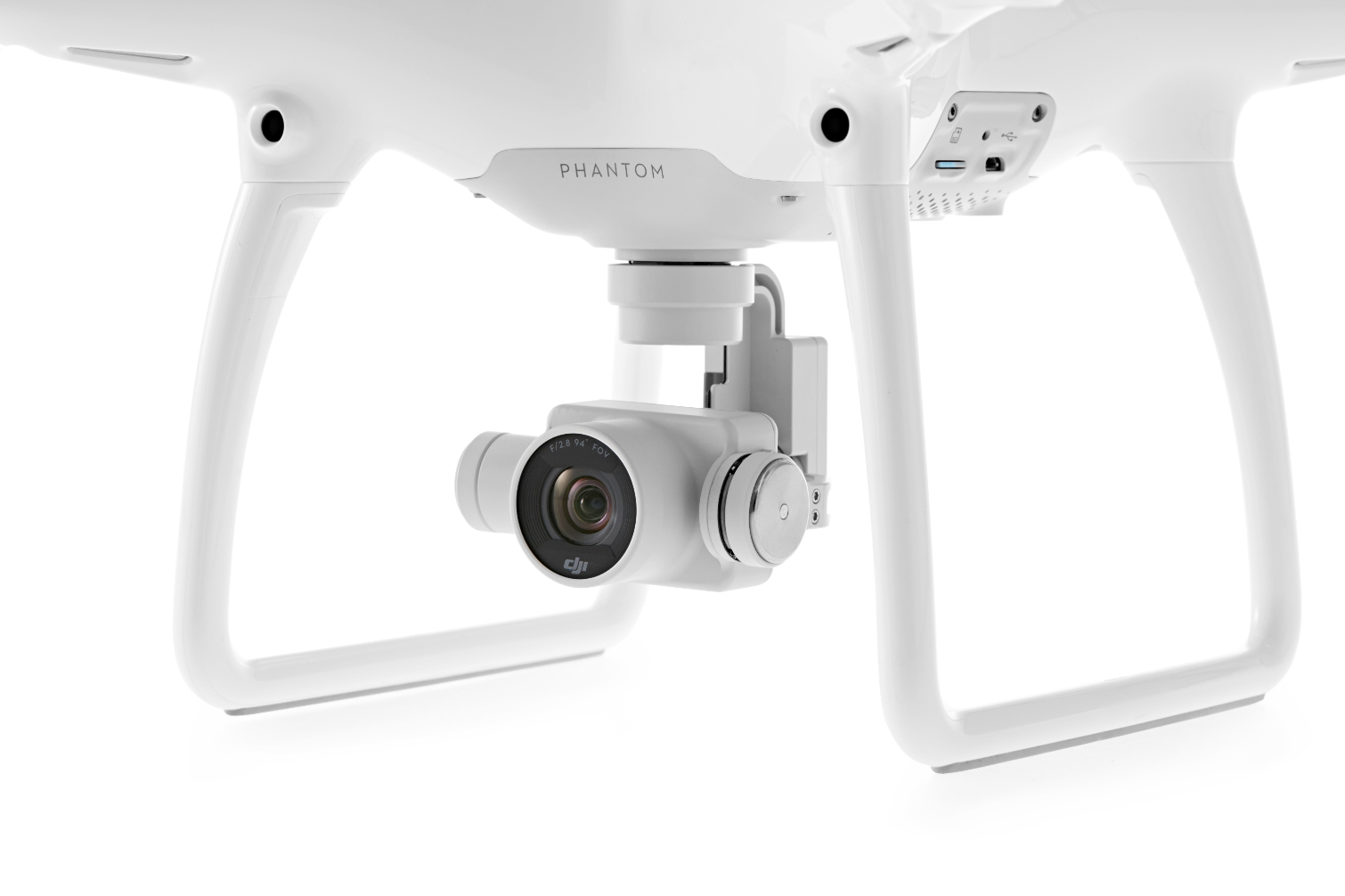
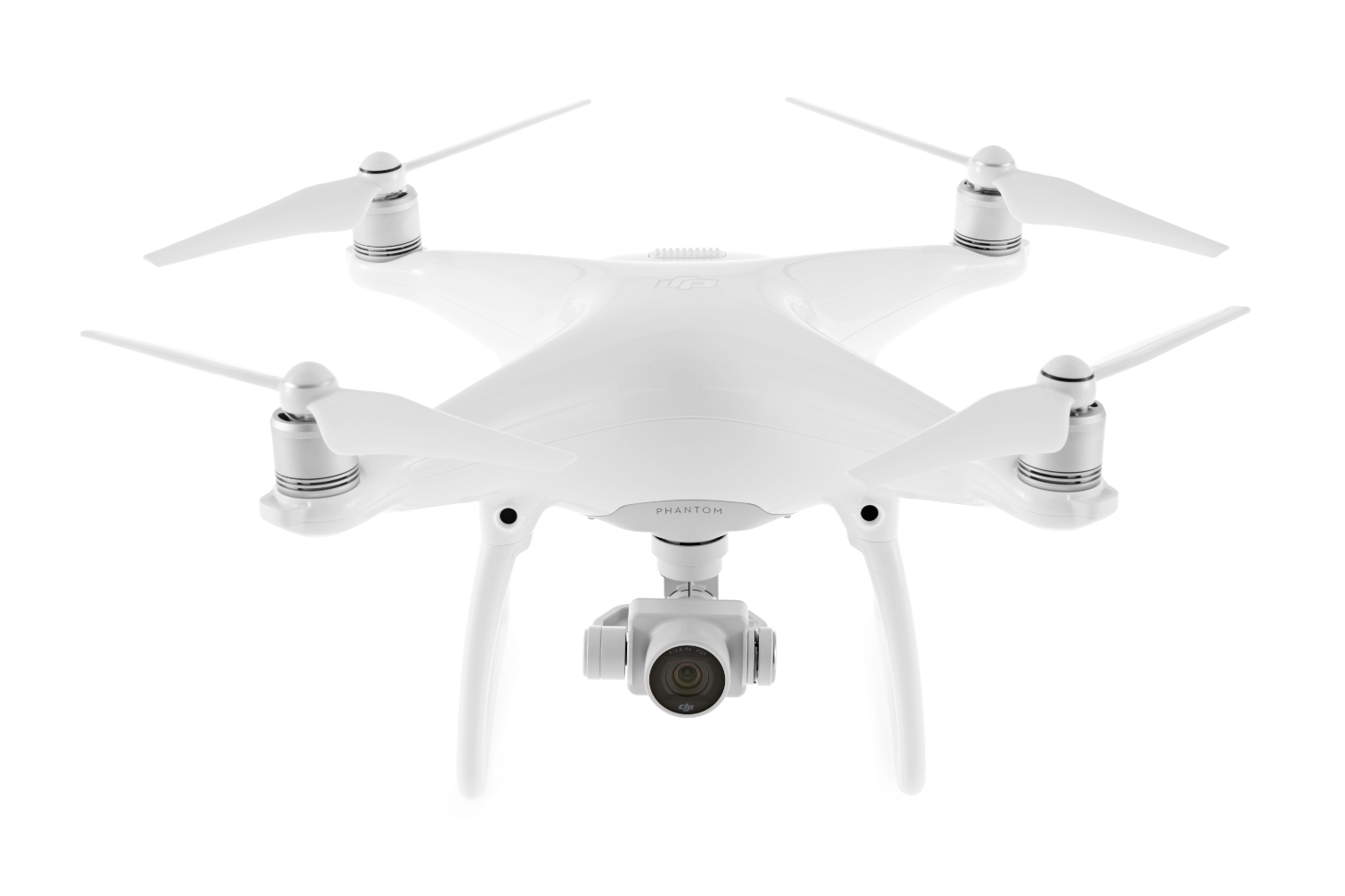
Sign up to get the BEST of Tom's Guide direct to your inbox.
Get instant access to breaking news, the hottest reviews, great deals and helpful tips.

